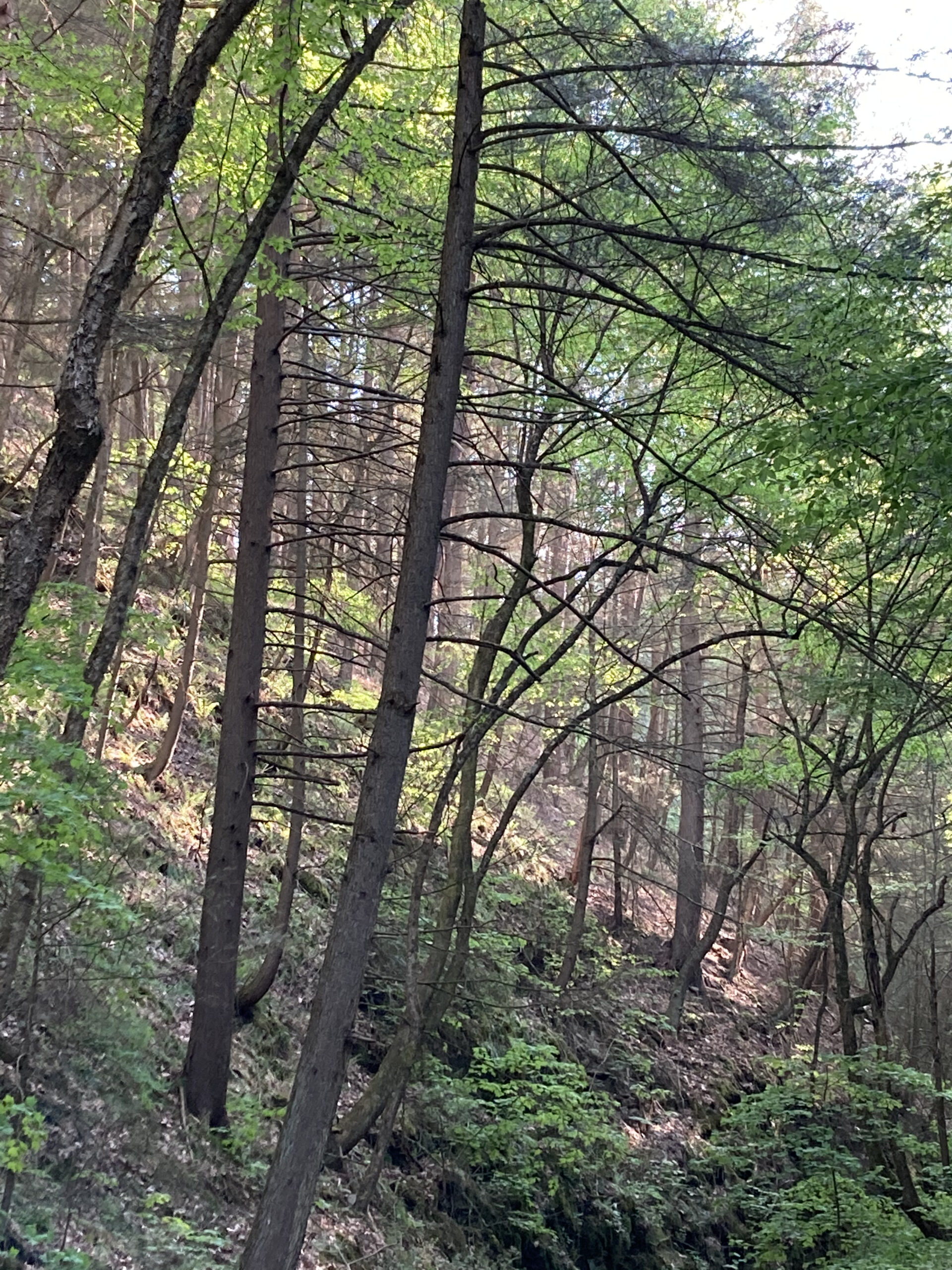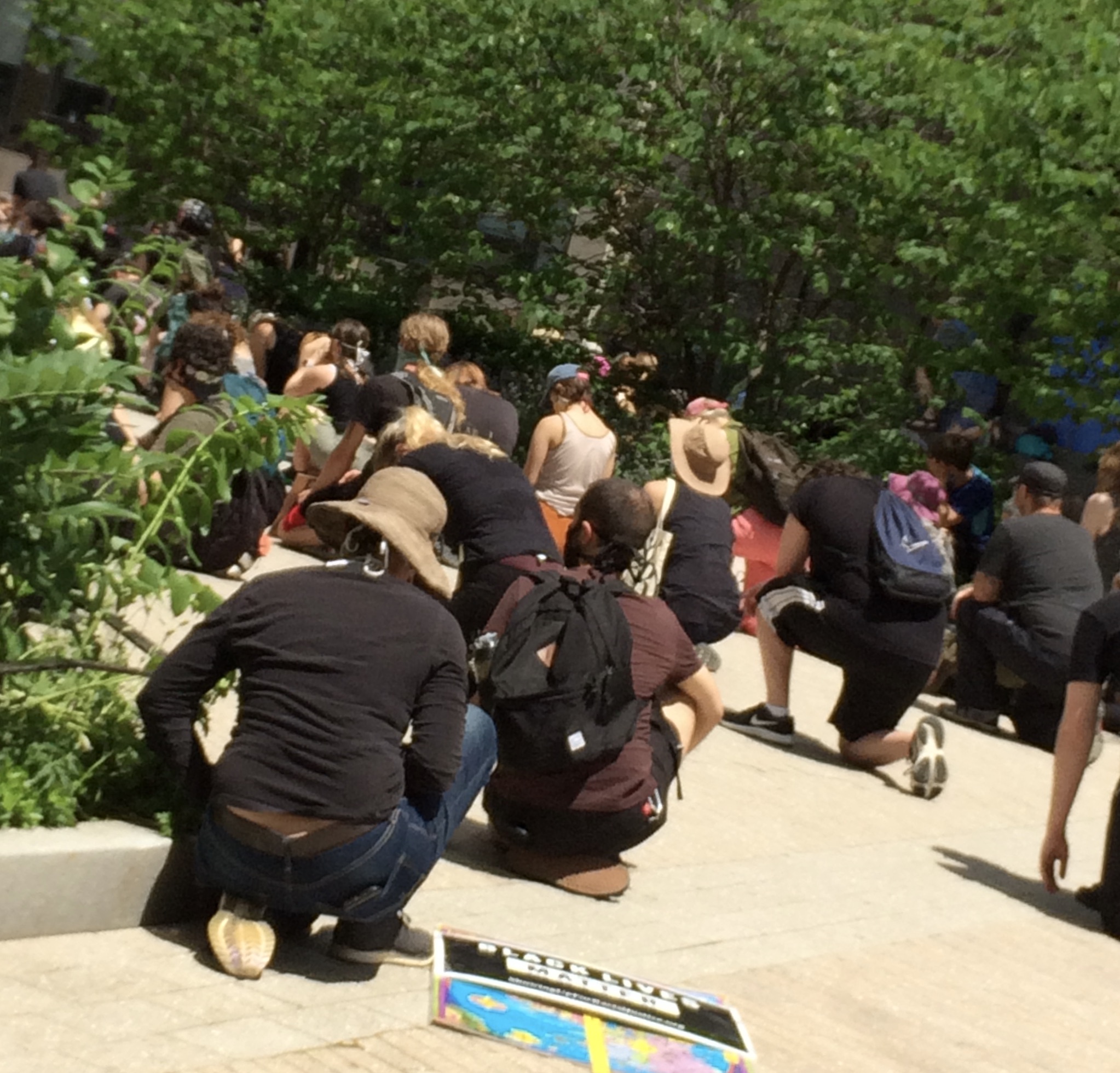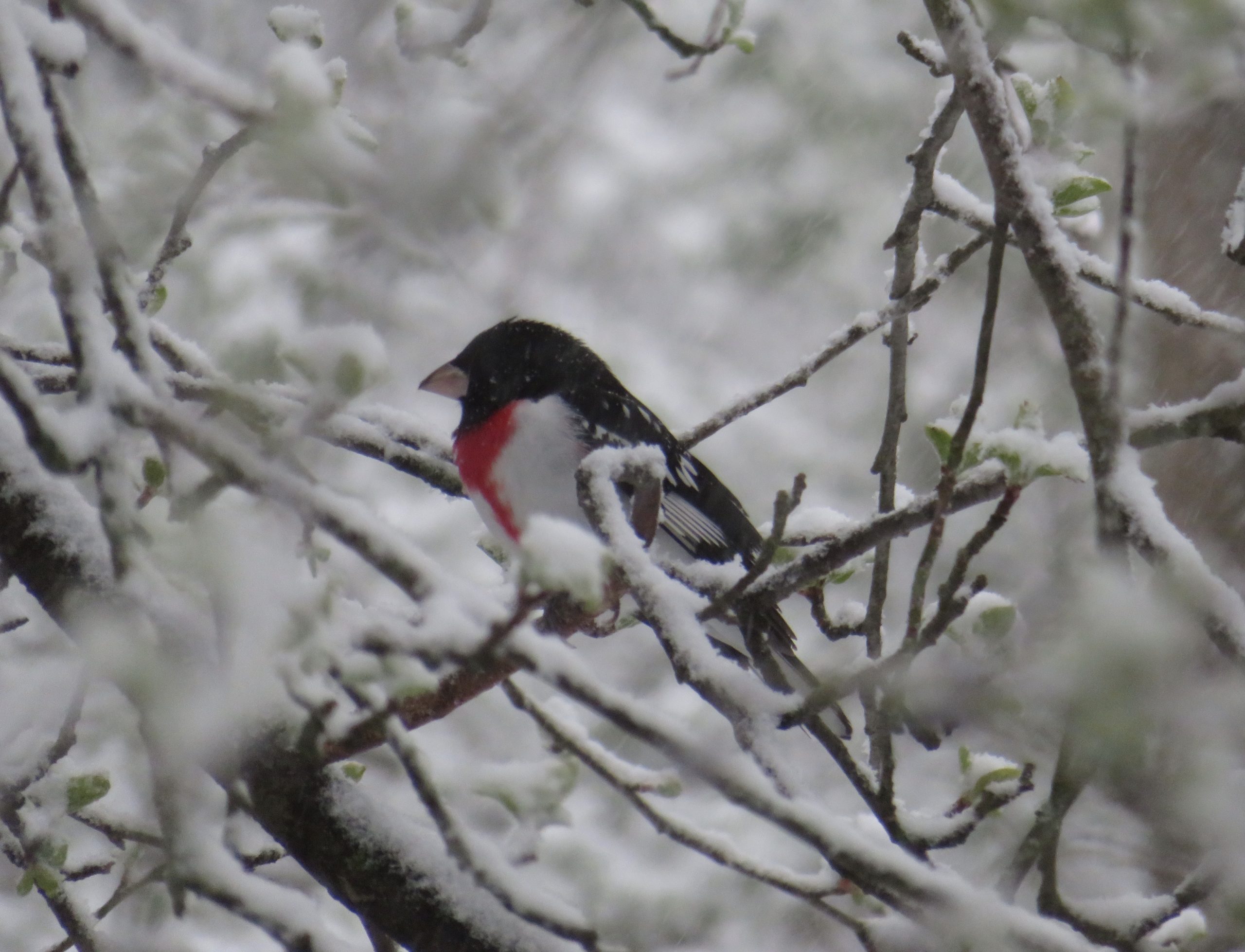William Butler Yeats wrote over a century ago, in the wake of the First World War,
Turning and turning in the widening gyre
The falcon cannot hear the falconer;
Things fall apart; the centre cannot hold…
We easily feel this today. One minute, I look outside my house and see an apple tree greening with spring and hear a raven’s raucous call. The next a car horn. Then, faintly, an NPR report of a bombed Mariupol, and of a GOP Congresswoman repeating Russian disinformation.
Which way does my mind turn? Do I relax into the calm beauty the tree and natural universe provides in this moment? Or do I get ready to battle those aiming to rip the constitutional rights and protections from my limbs and claim them all for themselves? Or who threaten to deny us the very air we need to breathe because we are not able or willing to pay their price?
How do we know what future will be revealed? We don’t. But we know the price we’ll pay for doing nothing is unpayable.
We all want an enjoyable life. One that satisfies. Maybe one with meaning. That makes the world a little better. But when the natural world itself or the sustainability of the climate is threatened⎼ and the human world is degrading so fast it’s impossible to have any idea what will happen tomorrow or if anything caring, humane, and democratic will be left for us⎼ how do we not burn out or give up? How do we live day to day without degenerating into a blubbering mass, knowing we must act but not knowing what it is we can do?
David Loy, Buddhist philosopher, eco-activist and author gave a talk on Friday, April 29th. He spoke about a fellow Buddhist, from Boulder, CO, Wynn Bruce, who had immolated himself on the Supreme Court steps on Earth Day, one week earlier. Wynn’s father said he did it out of concern for our world and the lack of determined action by our political system to save it.
Loy quoted philosopher Noam Chomsky saying, “the world is at the most dangerous moment in human history.” How do we face this? Wynn Bruce acted. But his act was so painful and terrifying. Not the most skillful of actions to take, said Loy. But Wynn’s concern, his fear is in all of us who look and see the climate emergency that is occurring.
Loy went on to share author, eco-activist Joanna Macy’s piece on the Tibetan legend of a Shambhala Warrior. “There comes a time,” she recounts, “when all lives on earth are in danger.” Barbarian powers use unfathomable technologies to lay waste the world. To remove these weapons, the warriors must show great moral and physical courage, and go forth to the very heart of barbarian power. (Putin? The GOP who plotted Jan 6?)
But since the weapons are made by mind, the way to fight them involves mind. Our strongest weapons, she says, are compassion and insight, heart, and knowledge.
It seems right now that we can’t look, and we can’t look away. But maybe we’ve got it wrong. Maybe we’re asking the wrong questions….
**To read the whole article, go to The Good Men Project.




